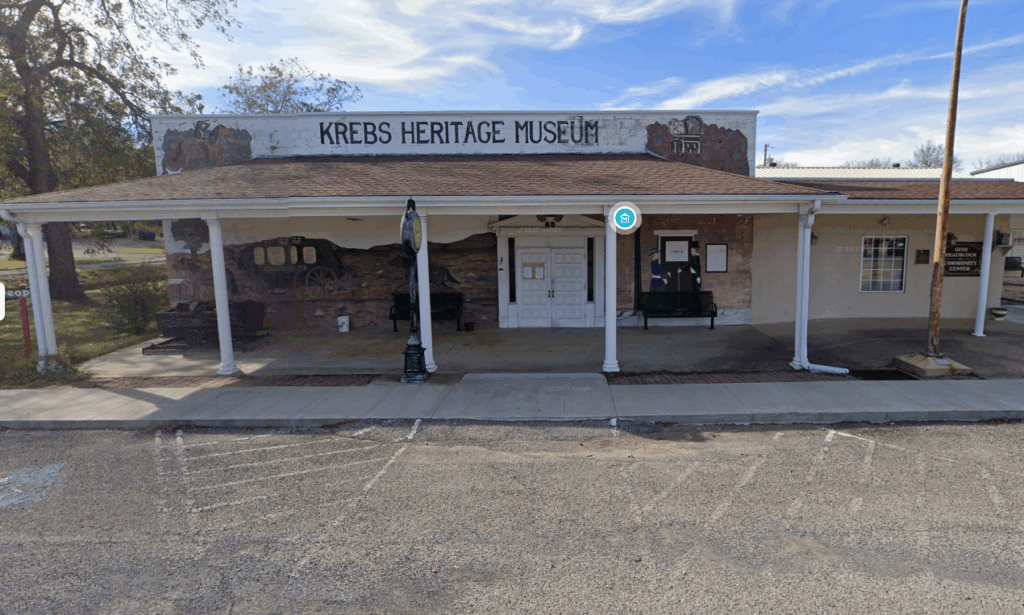

Discover the Best of McAlester and Beyond
The Majestic Scottish Rite Temple
A true architectural masterpiece, the Scottish Rite Temple stands as one of McAlester’s most remarkable landmarks. Built in the early 1900s, this grand structure showcases intricate stonework, ornate interiors, and a rich history tied to Oklahoma’s Masonic heritage. Visitors can admire its breathtaking design and learn about its cultural significance — a must-see for those who appreciate history, art, and timeless craftsmanship.
Lake Eufaula

Oklahoma’s Largest Playground on the Water
Located about 30 miles north of Valley Inn RV Park, Lake Eufaula is Oklahoma’s largest lake, offering over 100,000 acres of sparkling water and scenic shoreline. It is a favorite destination for fishing, kayaking, boating, and picnicking, as well as a peaceful escape for those who want to unwind by the water. Surrounded by gentle hills and forested trails, the area invites you to explore nature, enjoy breathtaking views, or simply relax beneath the wide Oklahoma sky.
Fishing
Boating and Jet Skiing
Kayaking
Hiking and Nature Trails
Picnicking and Camping
Krebs Heritage Museum
Located just minutes from Valley Inn RV Park, the Krebs Heritage Museum tells the story of Oklahoma’s “Little Italy,” showcasing the town’s Italian heritage and coal mining history through fascinating exhibits and artifacts.

Explore Historical Exhibits
Discover displays of early coal mining, Italian immigration, and local traditions.

Learn Local Stories
See photos and accounts that bring early Krebs and McAlester to life.

Experience Italian Heritage
View artifacts celebrating the Italian culture of Oklahoma’s “Little Italy.”

Robbers Cave State Park
Located about 35 miles east of Valley Inn RV Park, Robbers Cave State Park features scenic trails, forested hills, and sandstone cliffs once used as outlaw hideouts. Visitors can enjoy hiking, fishing, boating, and exploring the park’s beautiful natural landscapes.
Hike Scenic Trails
Explore Robbers Cave
Rock Climbing
Fishing and Boating

Krebs Heritage Museum
Located just minutes from Valley Inn RV Park, the Krebs Heritage Museum tells the story of Oklahoma’s “Little Italy,” showcasing the town’s Italian heritage and coal mining history through fascinating exhibits and artifacts.
Play and Win
Dine and Unwind
Live Entertainment

Local Dining & Essentials Nearby
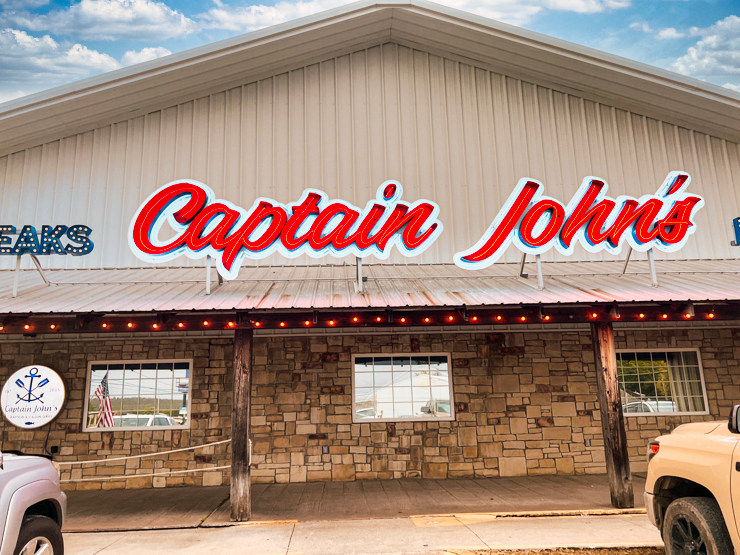
Captain John's
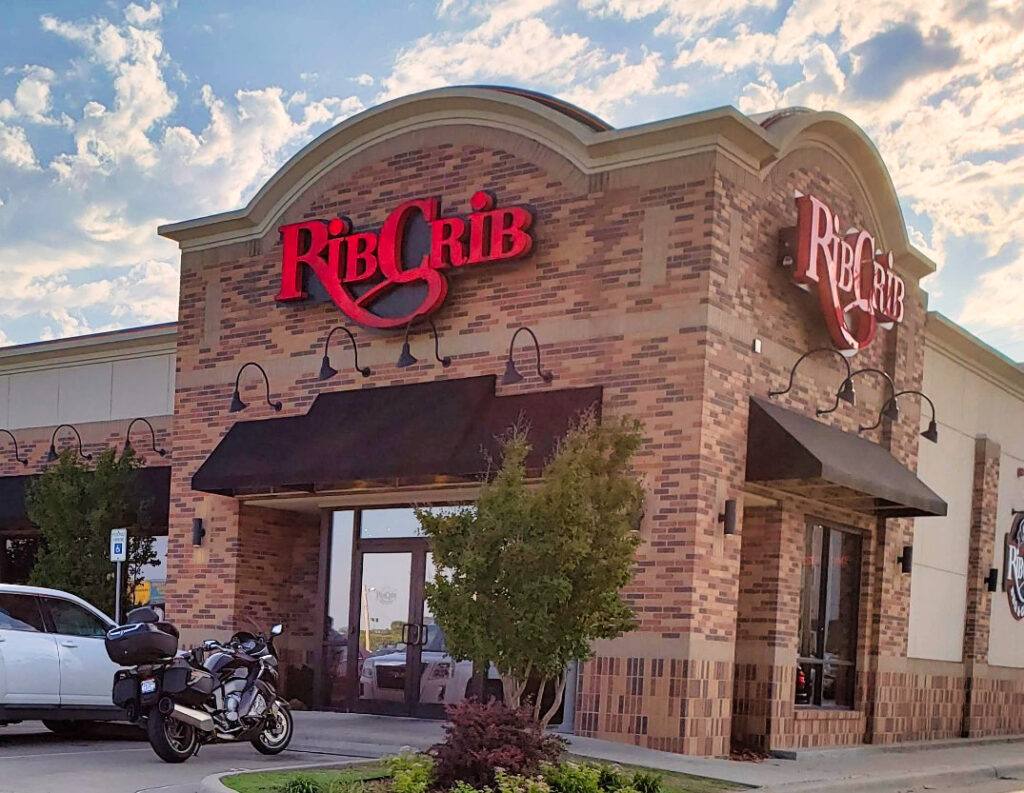
RibCrib BBQ

Chili's Grill & Bar
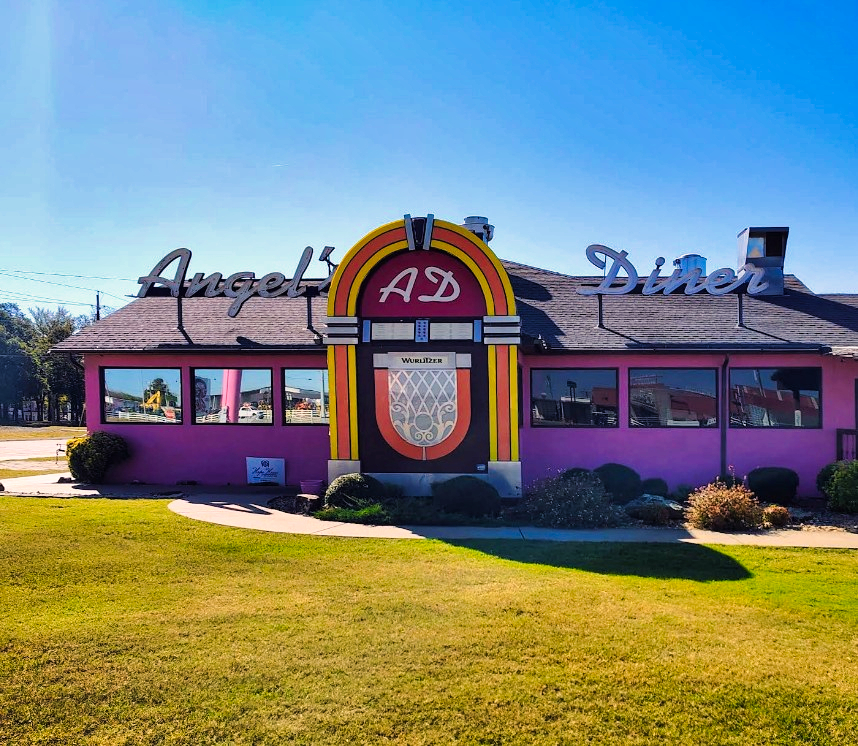
Angel's Diner
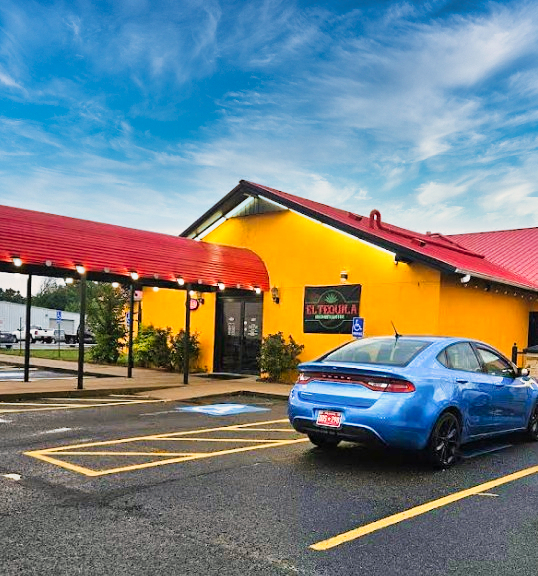
El Tequila Mexican Restaurant & Bar Mcalester

Atwoods

Mazzios Pizza

Modo Mio Italian Restaurant


